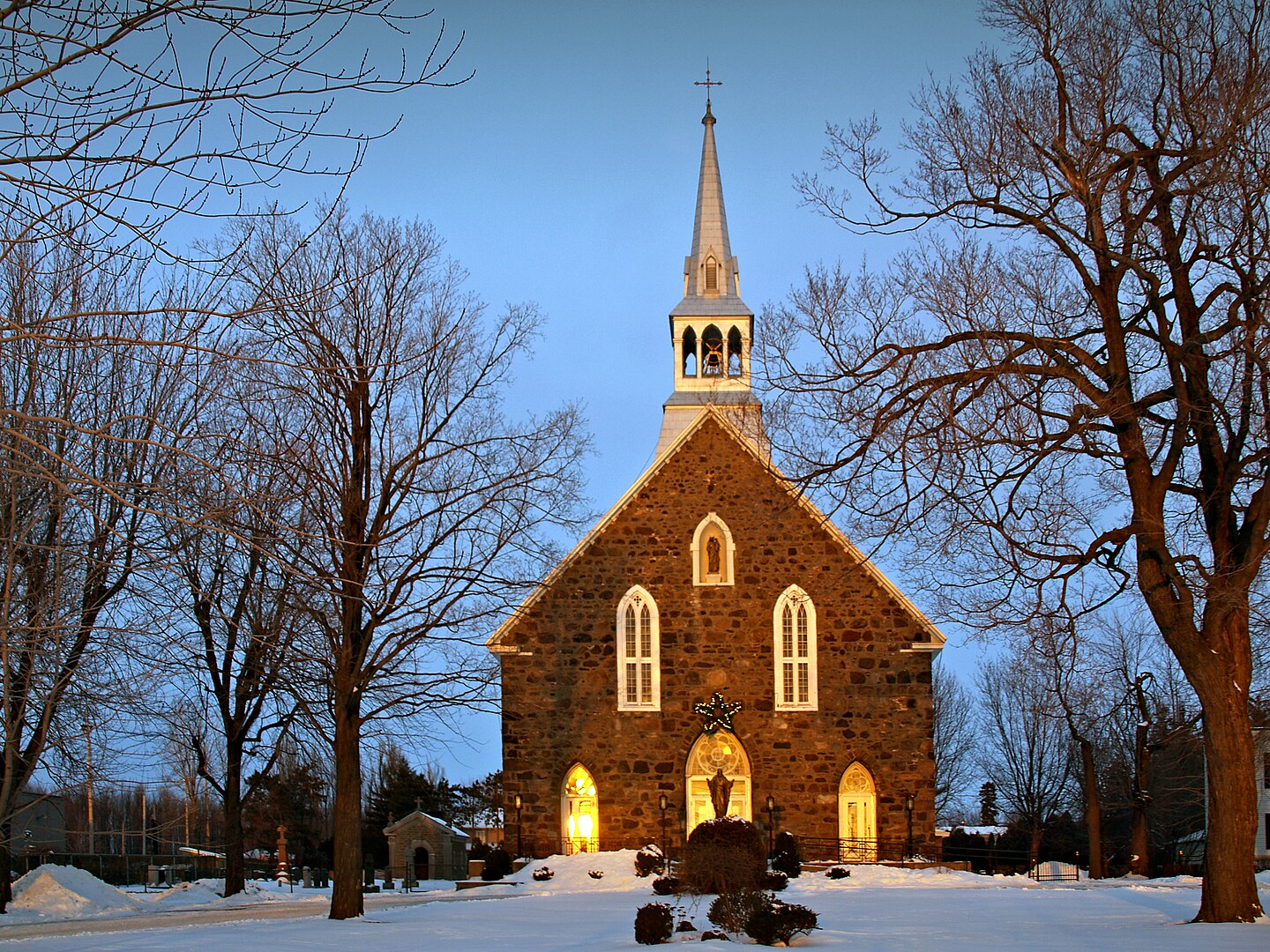
Notre-Dame-de-Bonsecours Church
Richelieu, 1868
Part 2: Gothic Revival in Québec – Influences, Evolution, and Legacy
Influences on Québec’s Gothic Revival
The Gothic Revival movement in Québec was shaped by a blend of British, French, and local traditions. British influence, particularly from Anglican communities, brought the style into Québec through ecclesiastical designs inspired by English Gothic traditions. French-Canadian Catholicism, however, played an equally significant role, infusing the style with a sense of grandeur and spiritual devotion unique to Québec.
Architectural manuals and pattern books from Europe and the United States also made their way to Québec, offering inspiration for the distinctive pointed arches, ribbed vaults, and buttresses seen in both large urban cathedrals and modest rural churches. The adaptation of these elements in Quebec reflected not only aesthetic preferences but also practical considerations, such as the availability of local materials and the skills of craftsmen.
Evolution of the Style in Québec
As the Gothic Revival gained popularity, its expression in Québec evolved to suit local needs and environments. Early examples in urban centers often adhered closely to European Gothic principles, featuring grand stone façades, elaborate stained glass, and soaring spires that dominated city skylines.
In rural areas, the style took on a more modest and functional form. Wooden Gothic Revival churches became prevalent, reflecting the craftsmanship of local builders who skillfully translated stone motifs into timber. These simpler structures often relied on verticality and symmetry to evoke the grandeur of their urban counterparts while retaining a uniquely Canadian charm.
The Legacy of Gothic Revival
The Gothic Revival’s impact on Québec’s architectural landscape endures to this day, shaping the province’s identity. Many Gothic Revival churches and public buildings remain in active use, serving as places of worship, cultural landmarks, or community centers. Their intricate designs and historical significance make them popular destinations for visitors and scholars alike.
The style also influenced the broader architectural vocabulary of the province, leaving a lasting imprint on later designs. Elements such as pointed arches, steeply pitched roofs, and decorative tracery continued to appear in subsequent architectural movements, blending tradition with innovation.
Preserving Québec’s Gothic Heritage
Efforts to preserve Gothic Revival structures in Québec are essential to maintaining the province’s cultural and historical fabric. Restoration projects on iconic buildings like Notre-Dame Basilica in Montreal and smaller rural churches ensure that these architectural treasures are not only preserved but also celebrated for future generations.
The Gothic Revival in Quebec is more than a stylistic movement; it is a testament to the province’s rich cultural tapestry, where European influences and local ingenuity came together to create a timeless architectural legacy.
Bishop Stewart of the Holy Trinity Church
Frelighsburg, 1884
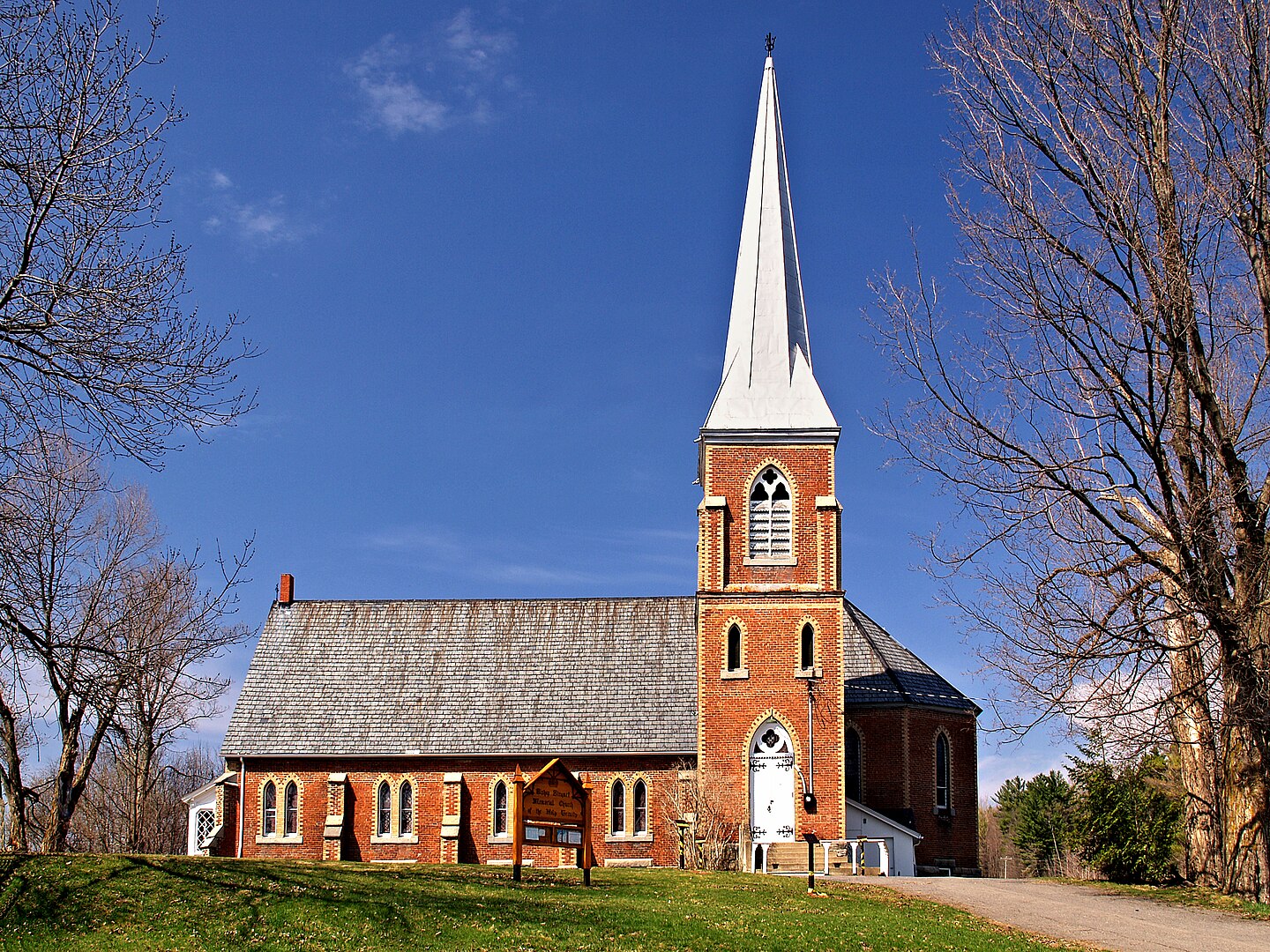
Chalmers-Emanuel Presbyterian Church
Lingwick, 1890
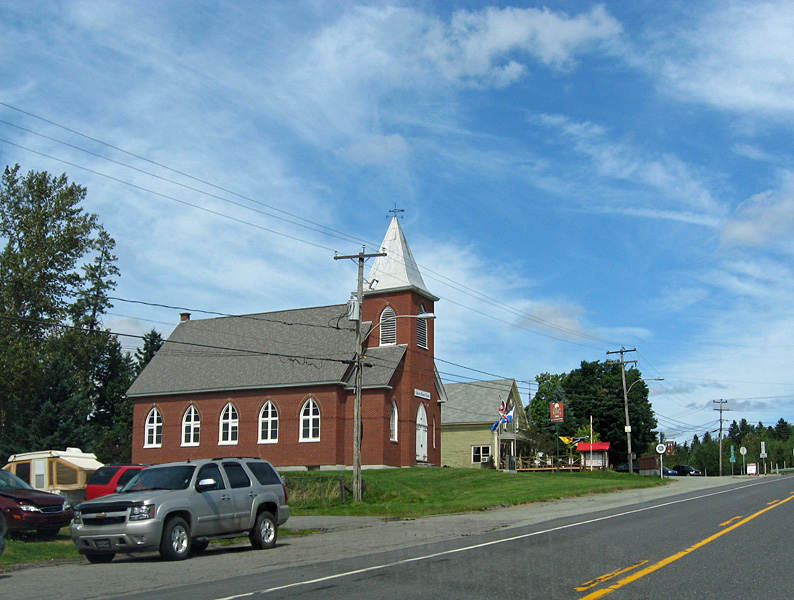
Christ Church Chapel Canterbury
Scotstown, 1896
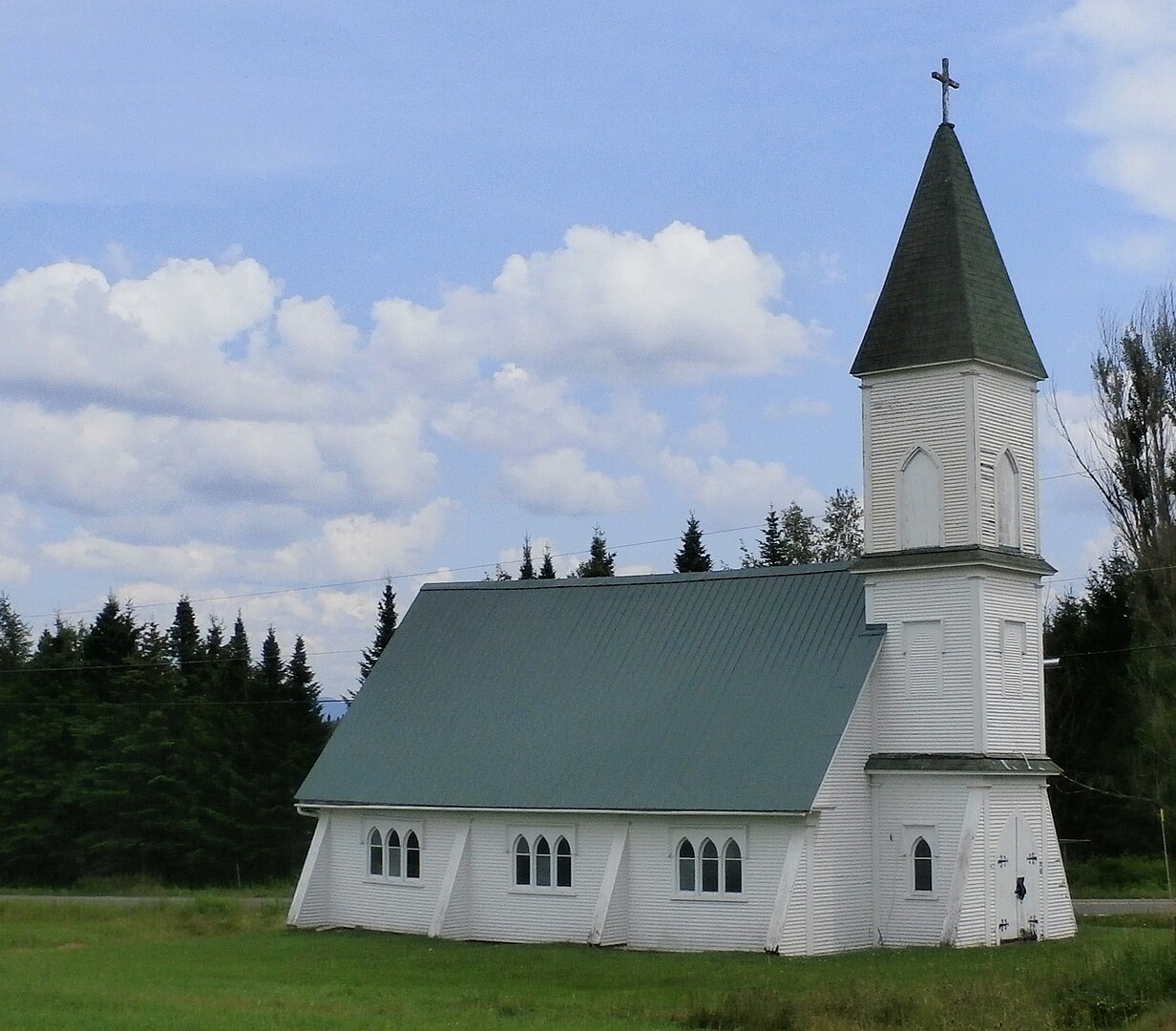
Saint-Austin Church
Austin, 1865
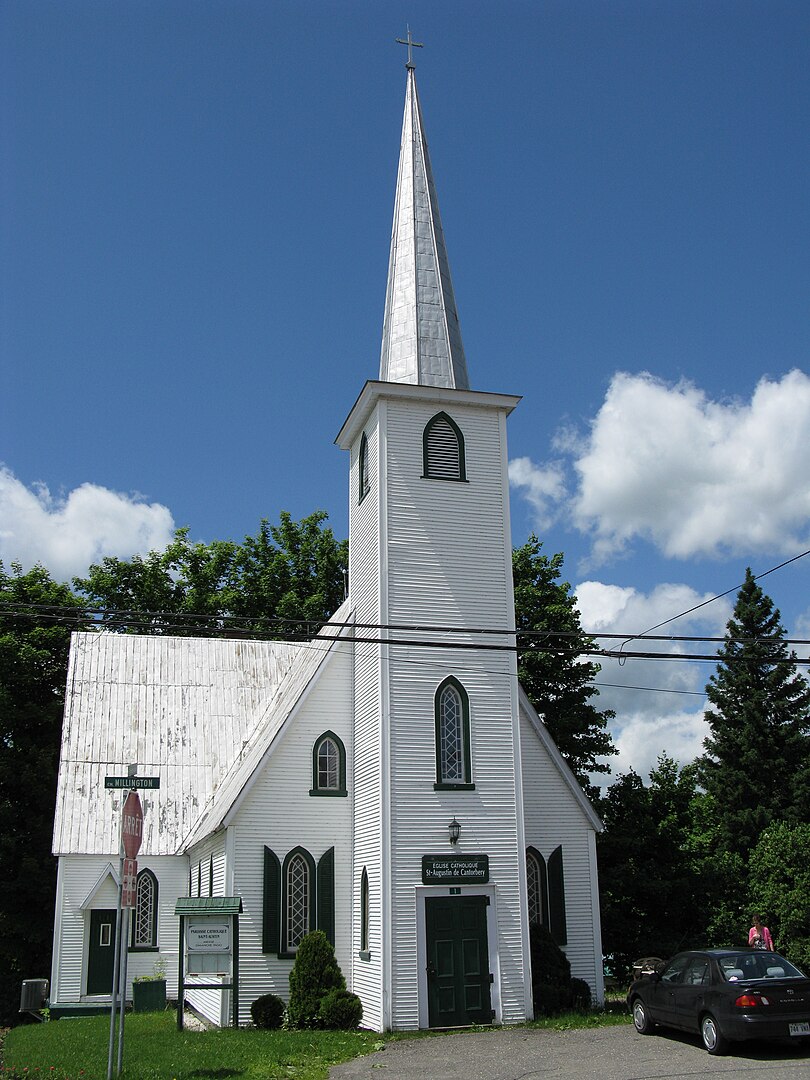
Saint-Blaise Church
Saint-Blaise-sur-Richelieu, 1883
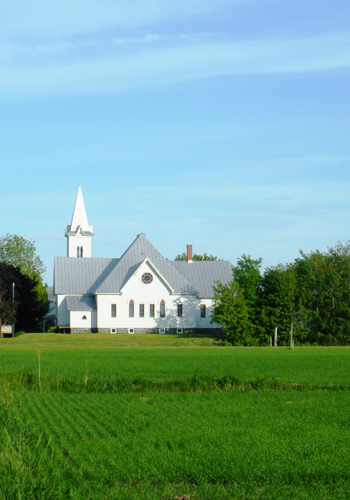
Saint-Denis-de-la-Bouteillerie Church
Saint-Denis-de-la-Bouteillerie, 1887
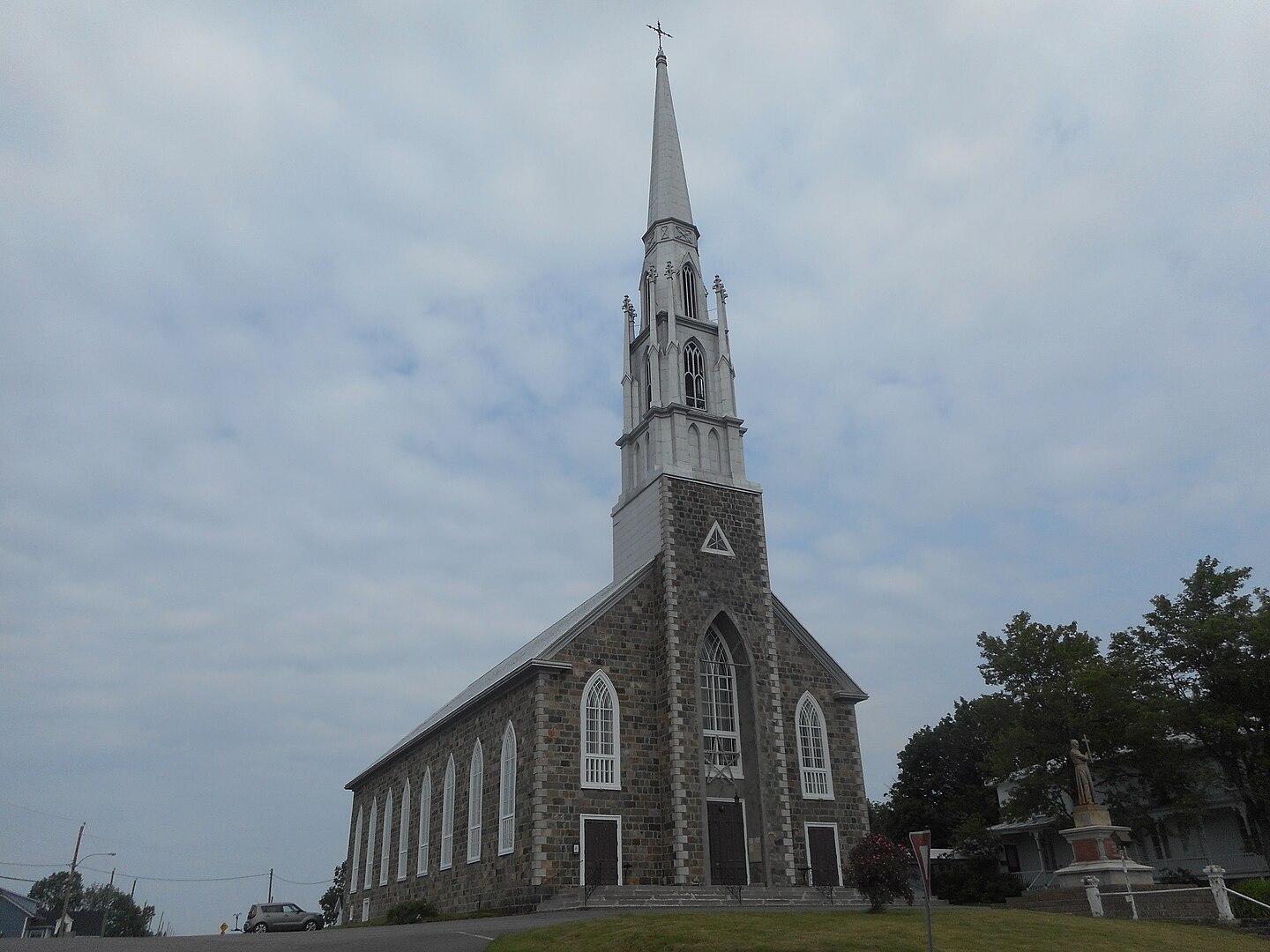
Sainte-Anne-de-la-Pérade Church
Saint-Anne-de-la-Pérade, 1869
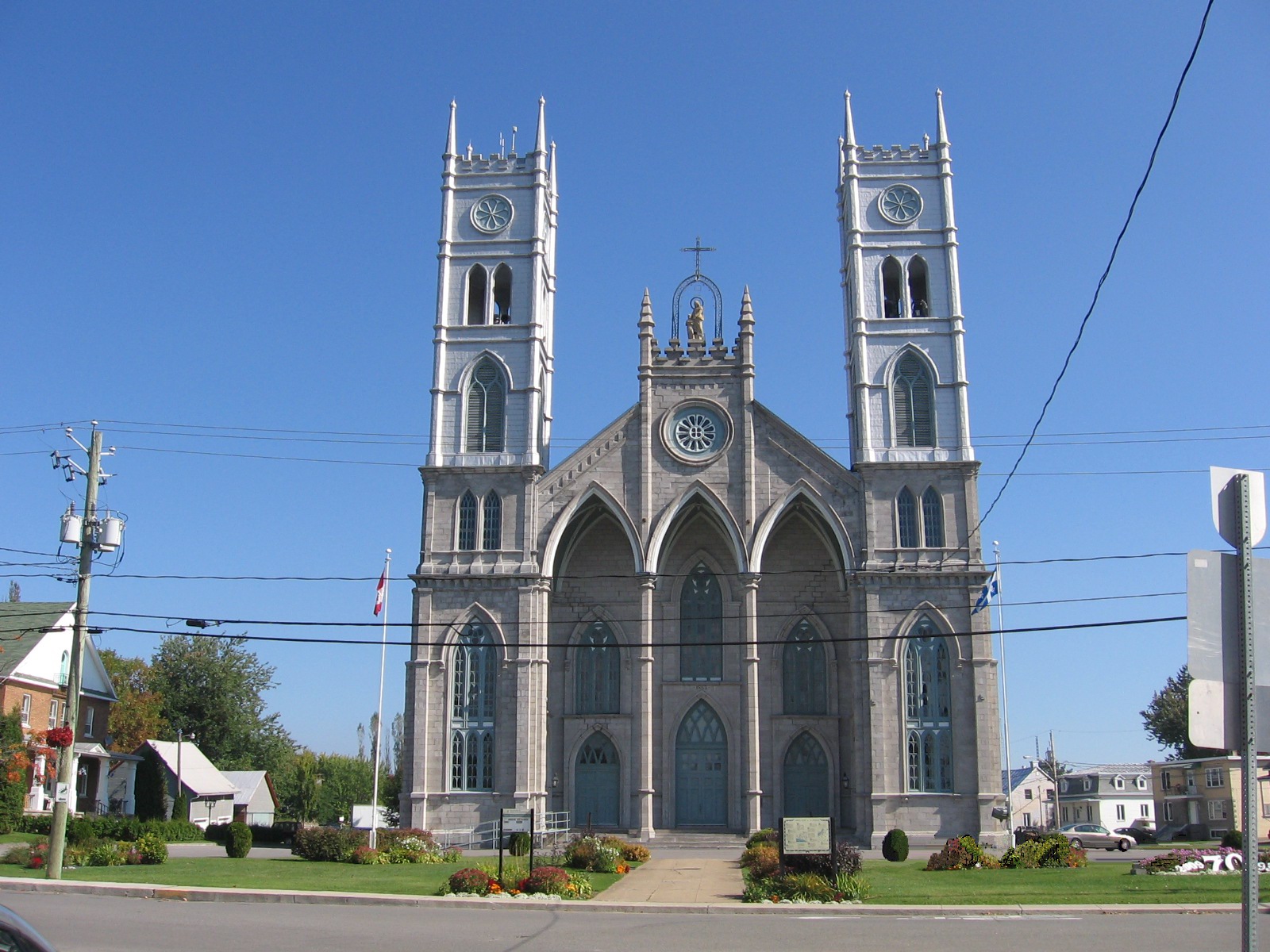
Saint-François d’Assise Church
Frelighsburg, 1885
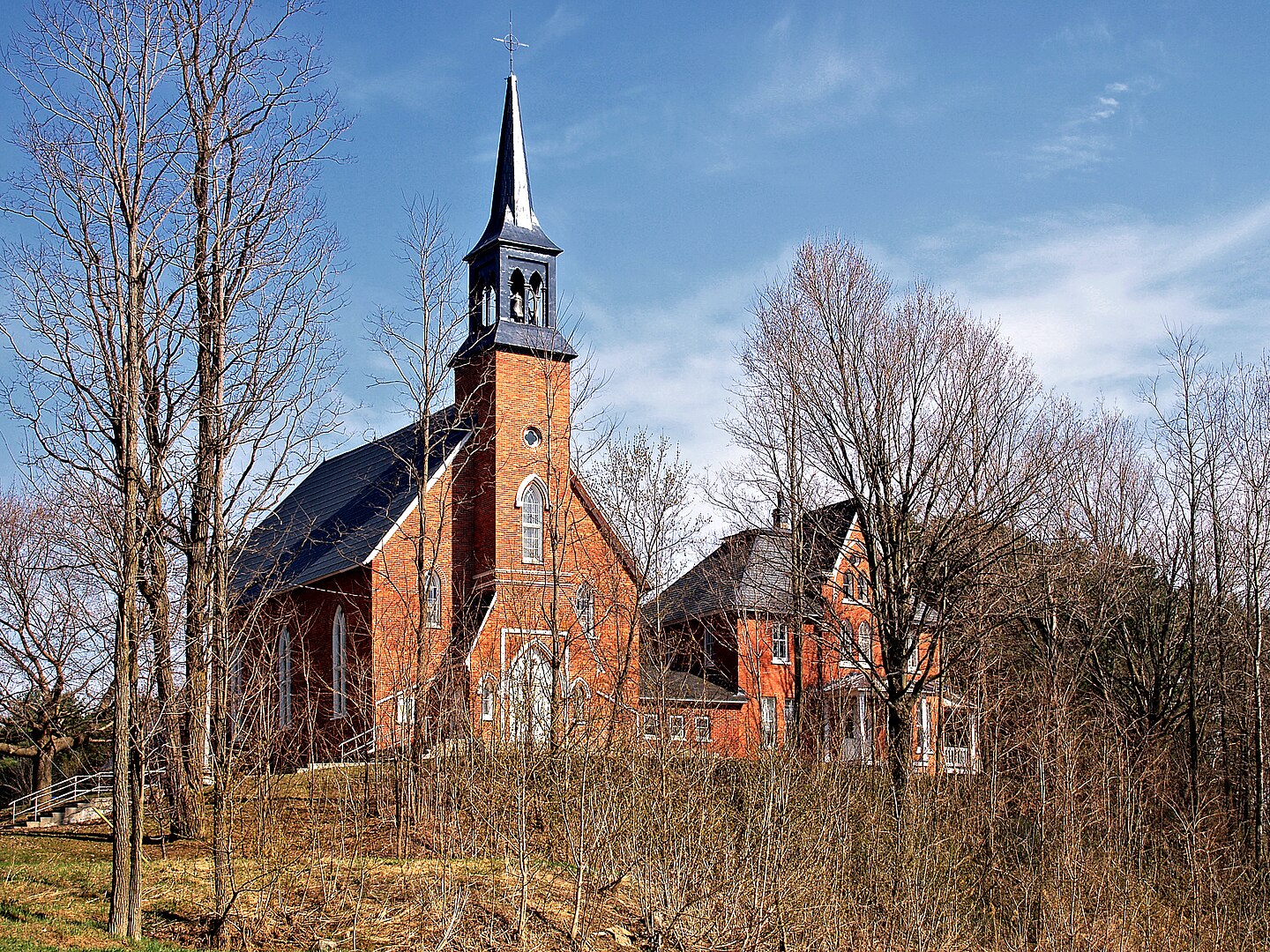
Saint-François-Xavier Church
Batiscan, 1866
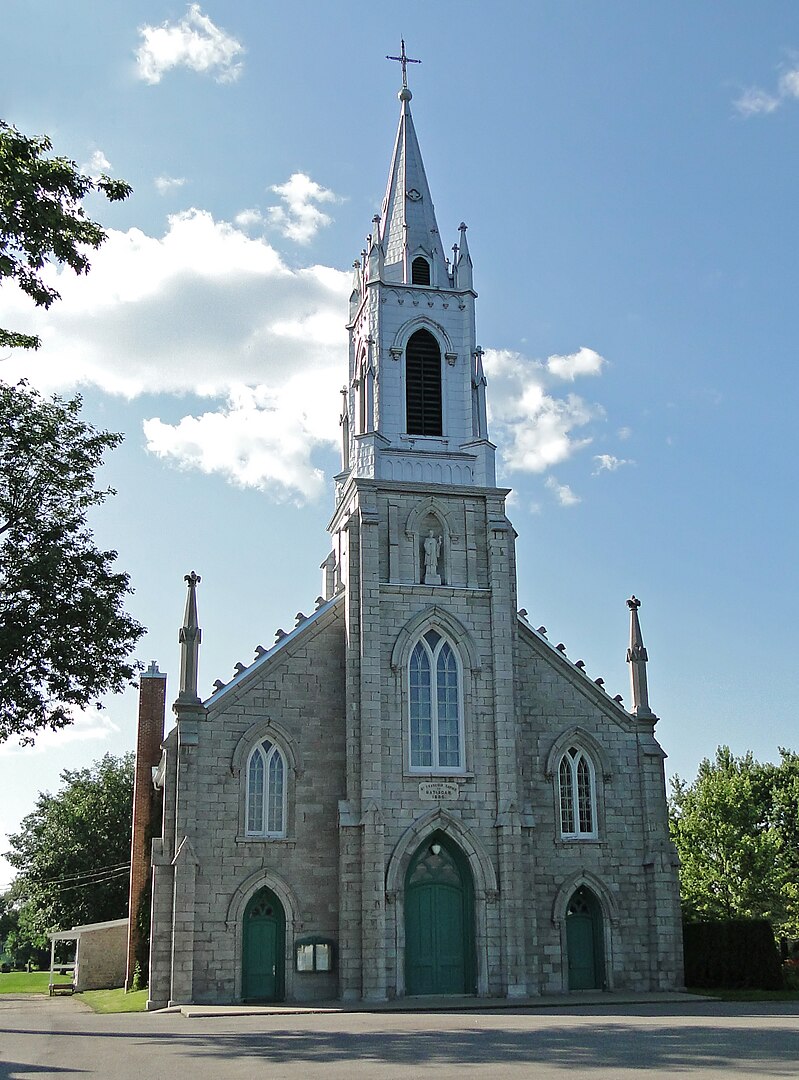
Saint-Henri Church
Sant-Henri, 1879
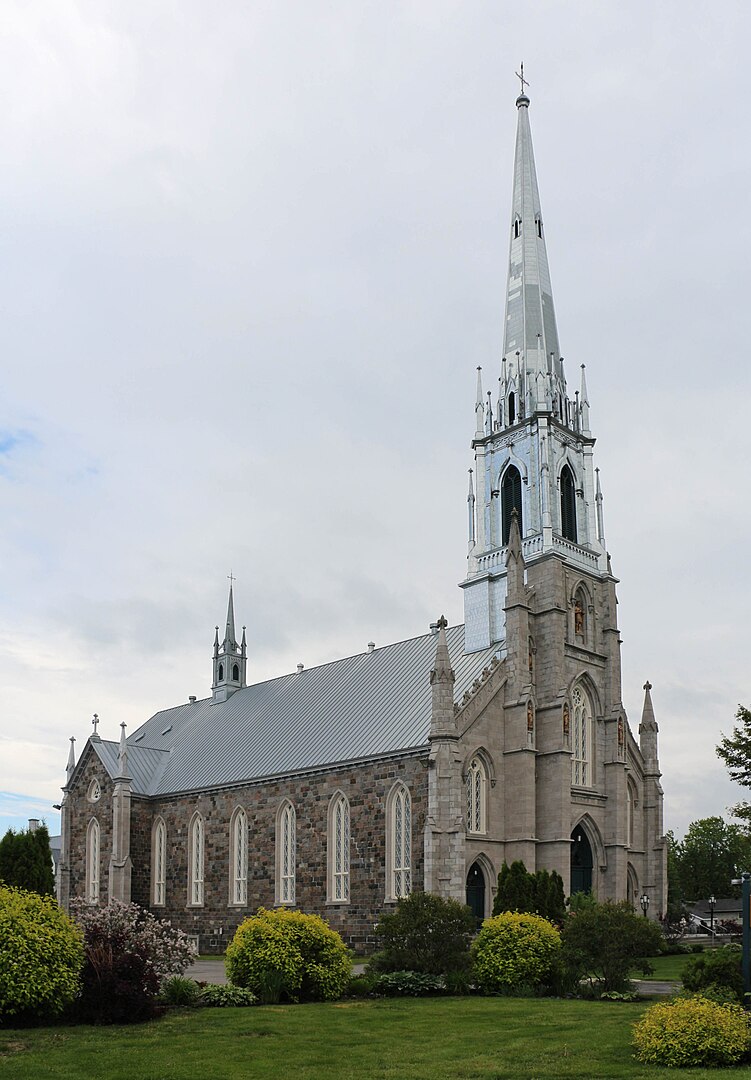
Saint-Jean-Baptiste Church
Roxton Falls, 1877
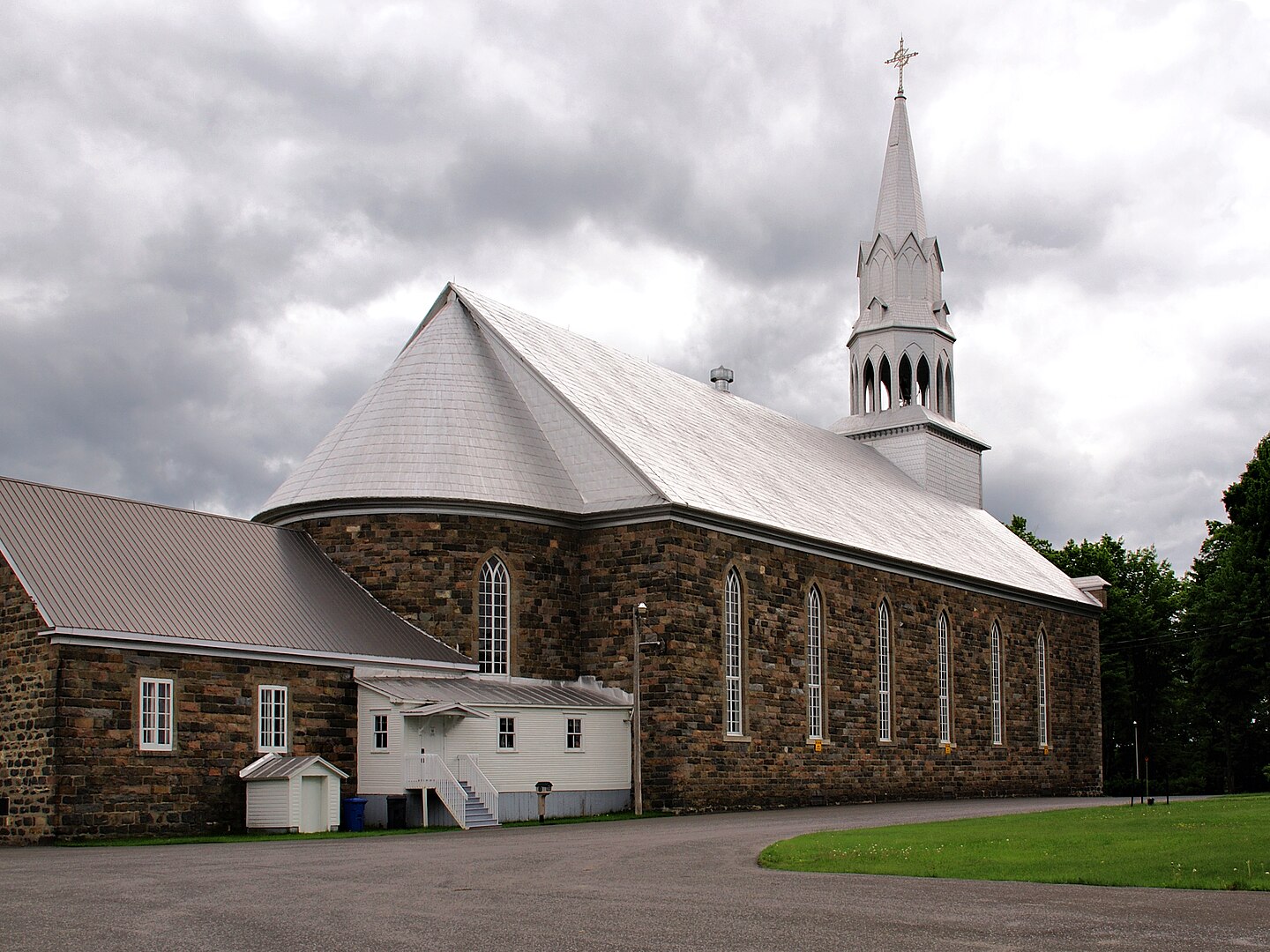
Saint-Maurice Church
SaintMaurice, 1864
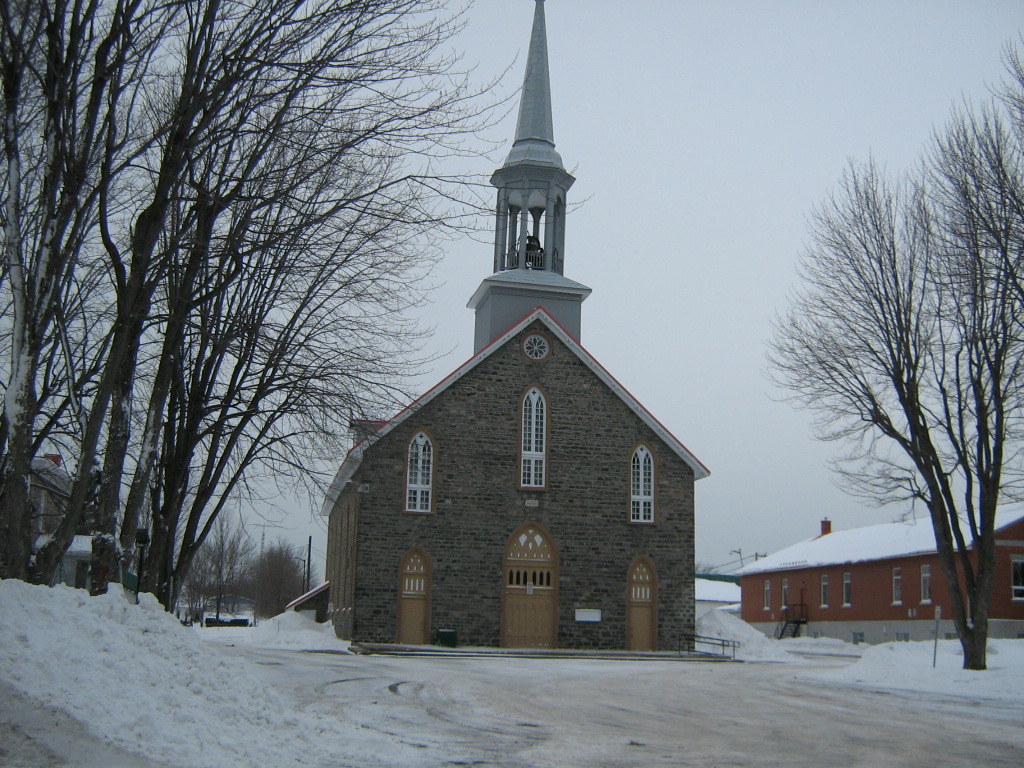
Saint-Narcisse Church
Saint-Narcisse, 1873
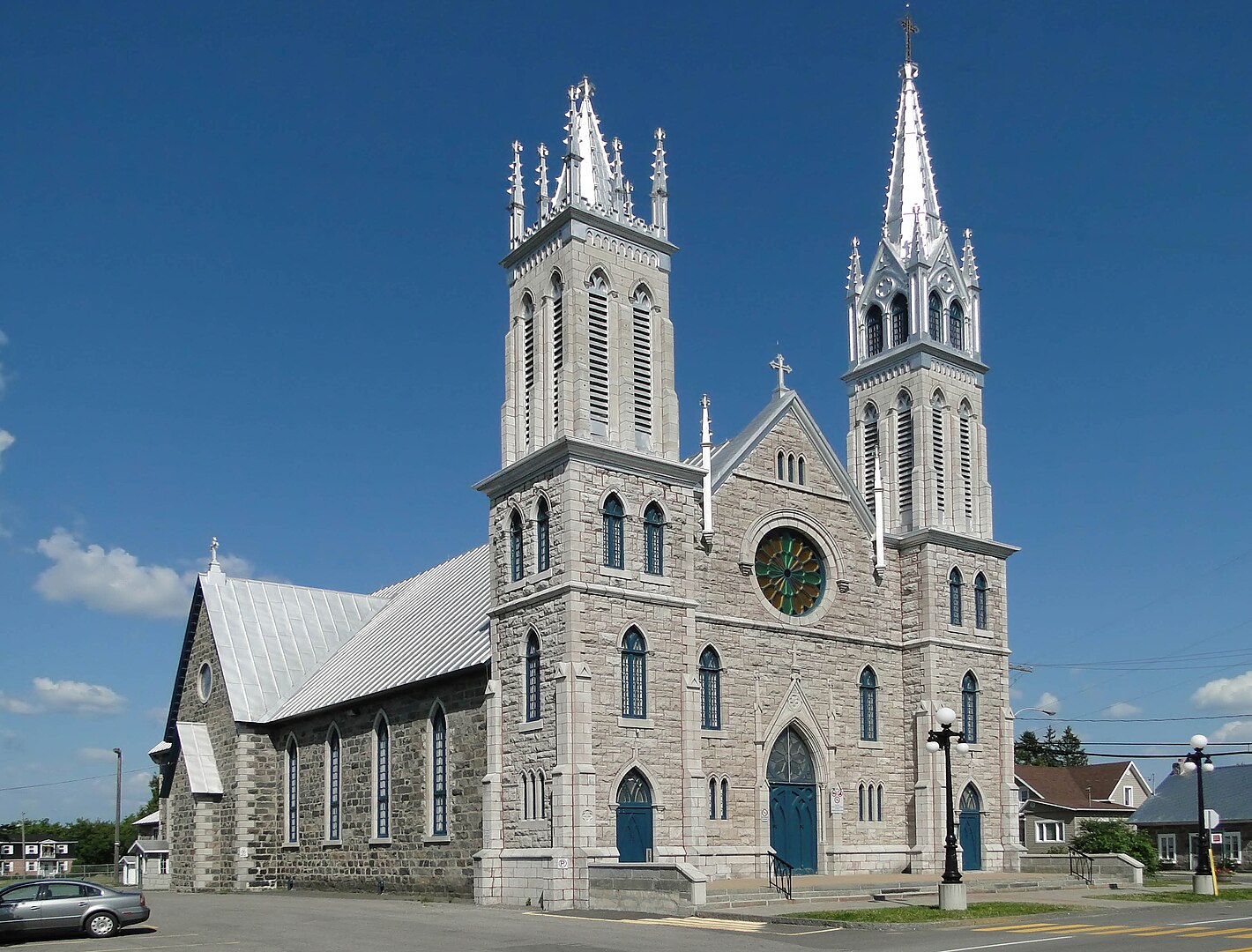
Saint-Patrice Church
Magog, 1894
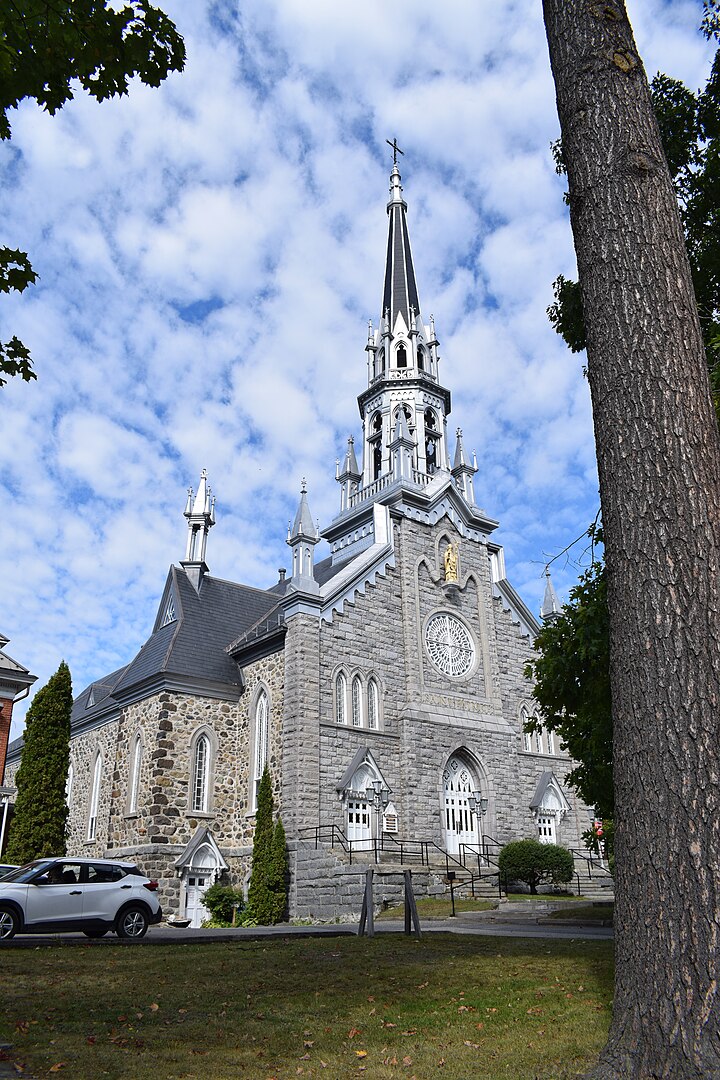
Saint-Pierre-de-la Vernière Church
Magdelen Islands, 1881
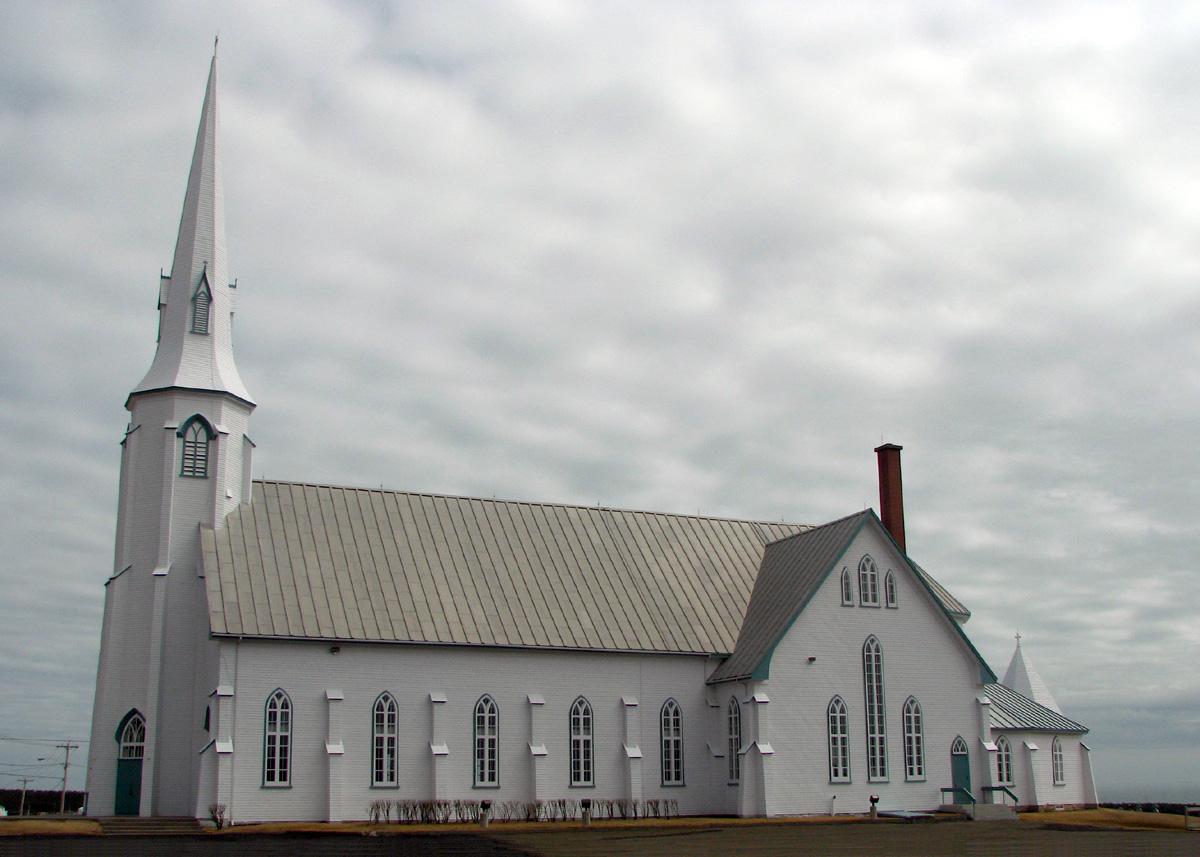
Saint-Venant-de-Paquette Church
Saint-Venant-de-Paquette, 1877
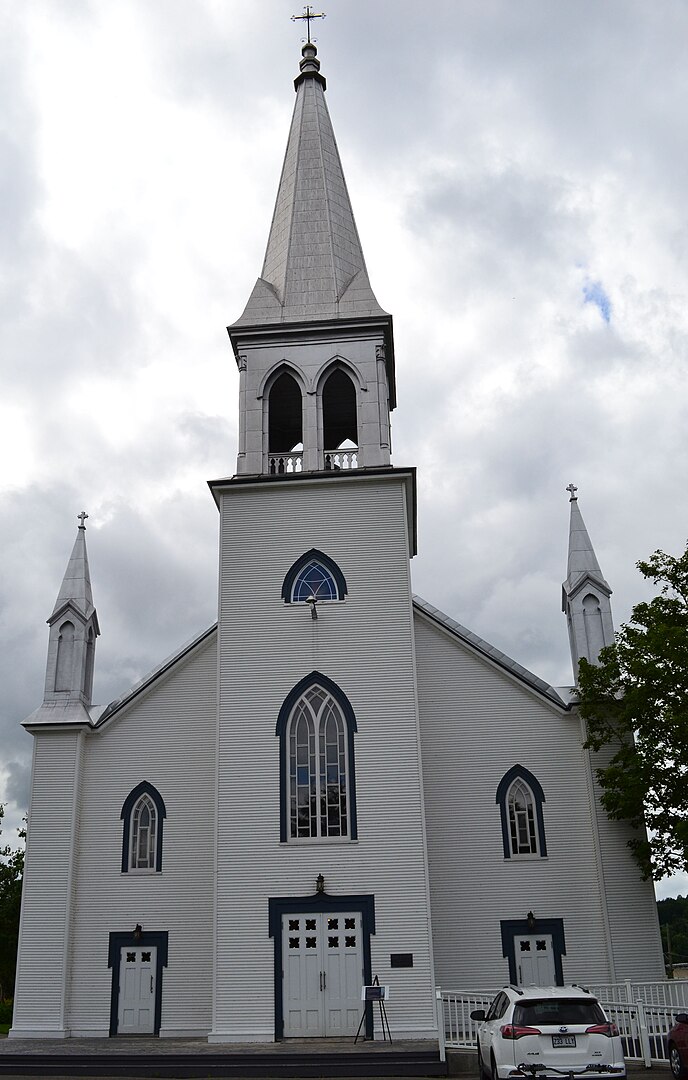
St. Andrew’s Church
Scotstown, 1882
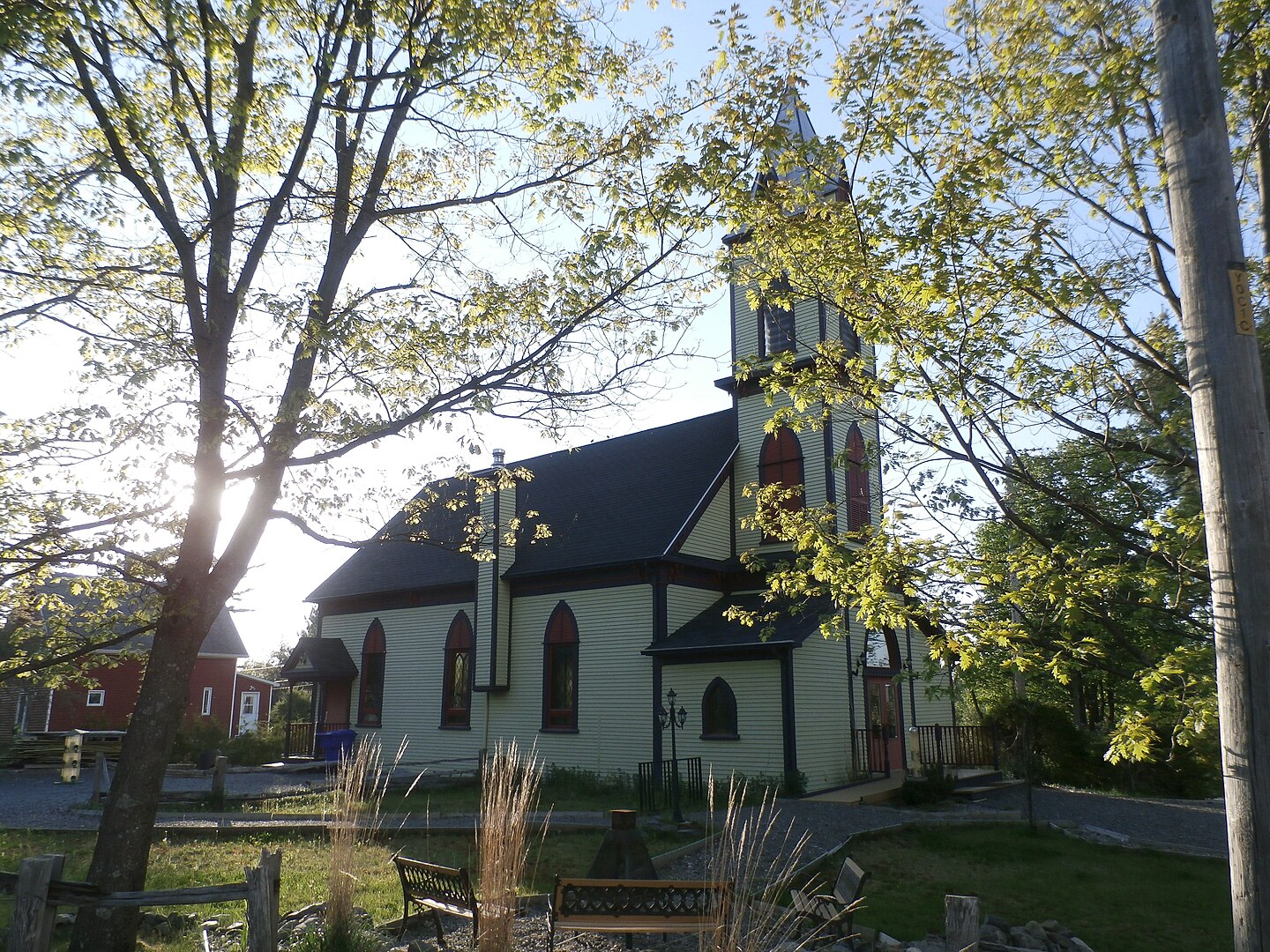
St Barnabas Anglican Church
Lac-Mégantic, 1891
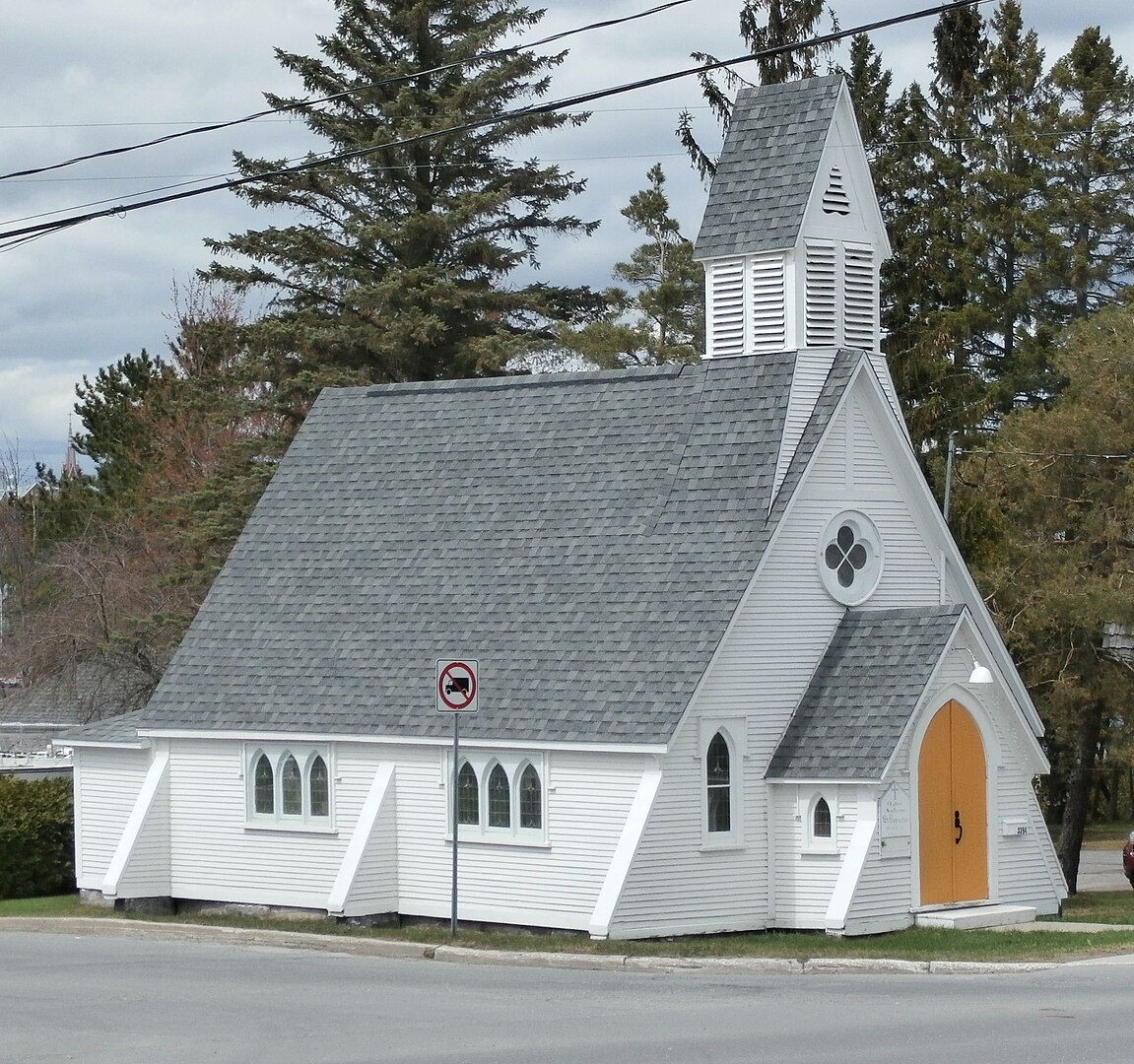
Ste-Anne-des-Ondes Chapel
Riviere du Loup, 1896
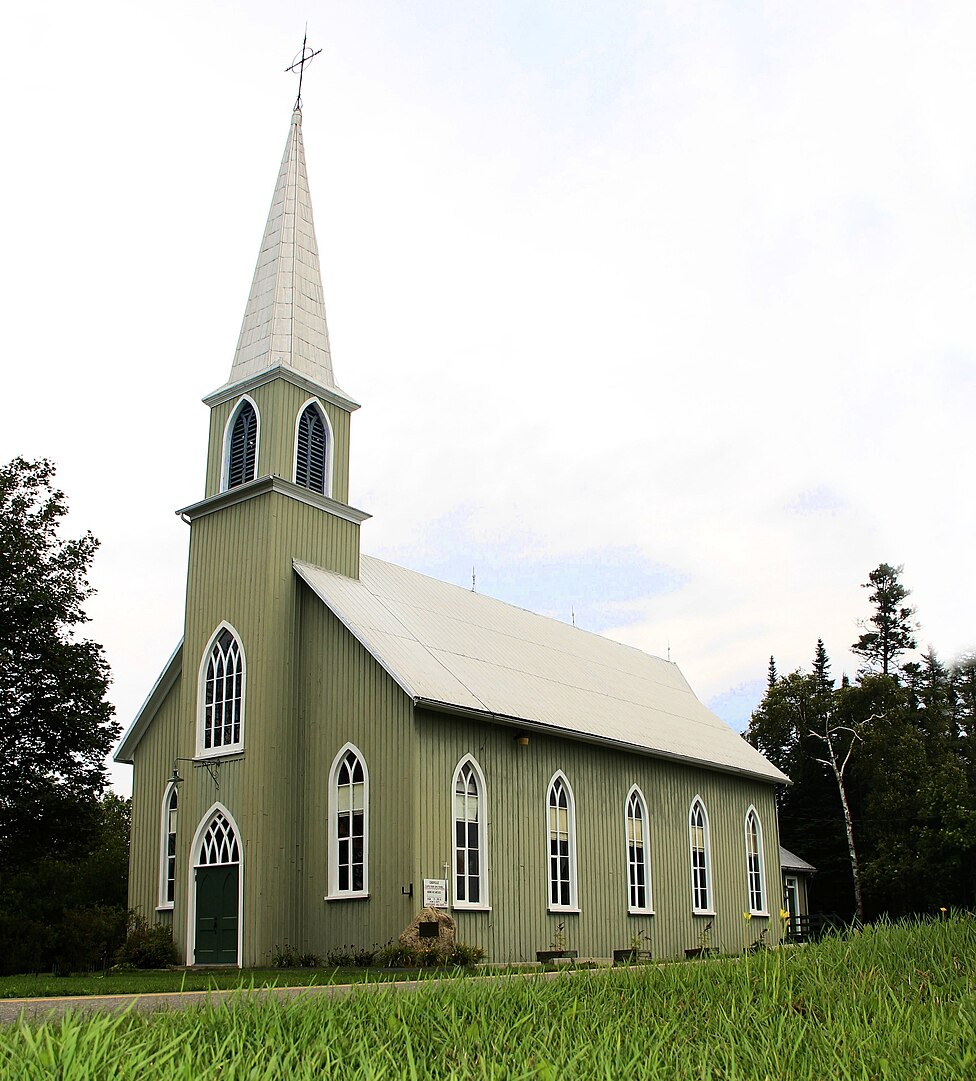
St Luke Anglican Church Magog, 1871
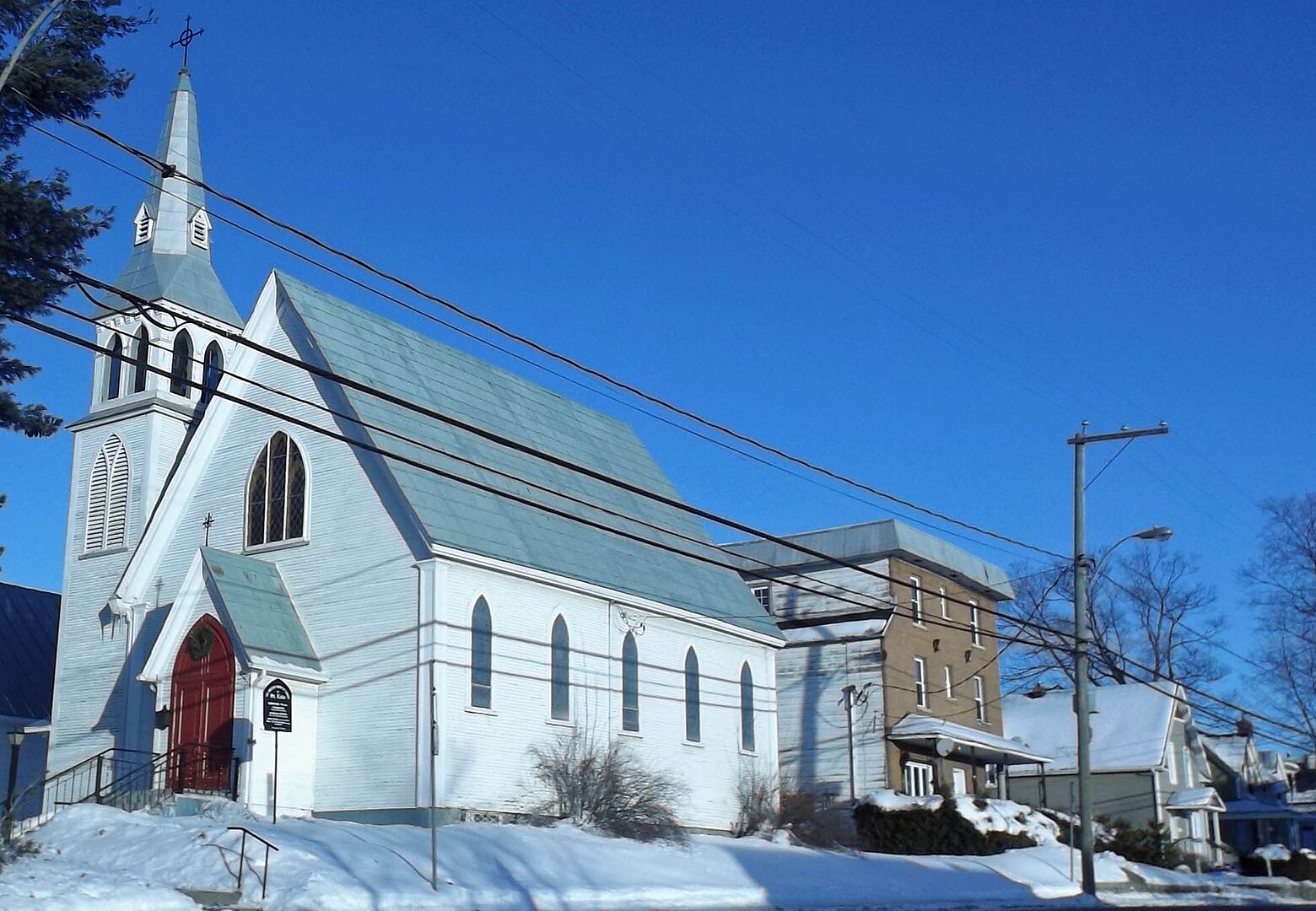
St. Luke Church
Waterloo, 1970
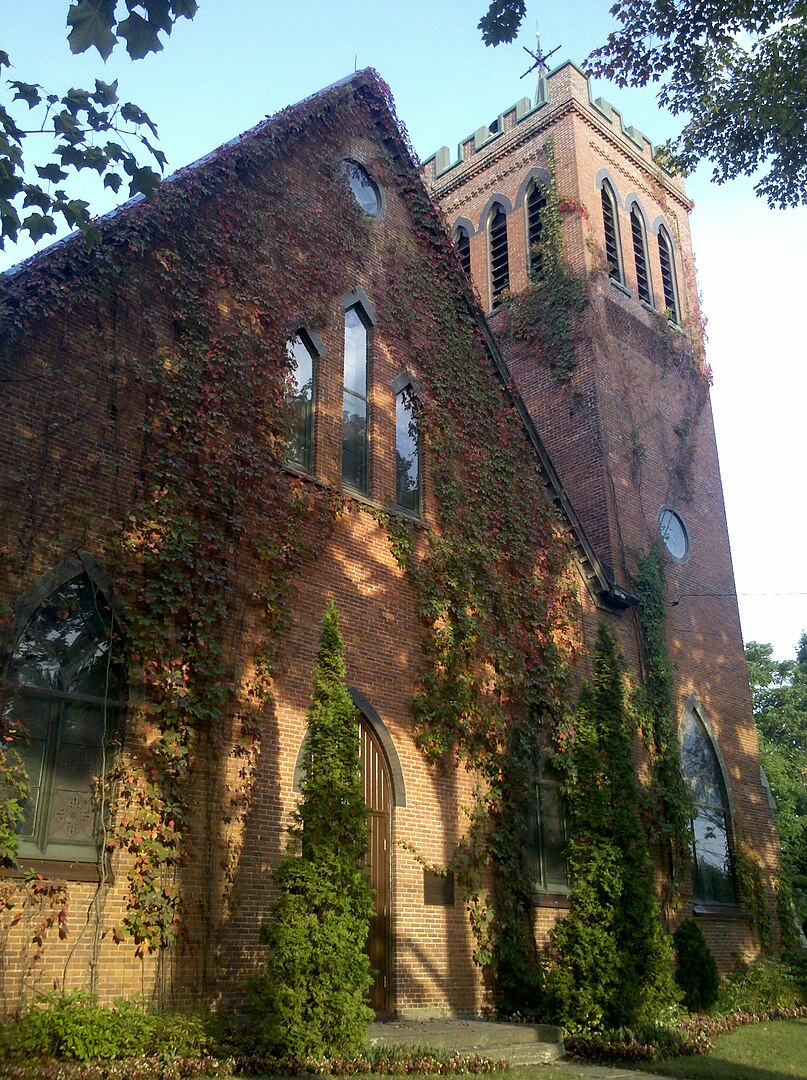
St. Paul United Church
Ormstown, 1869
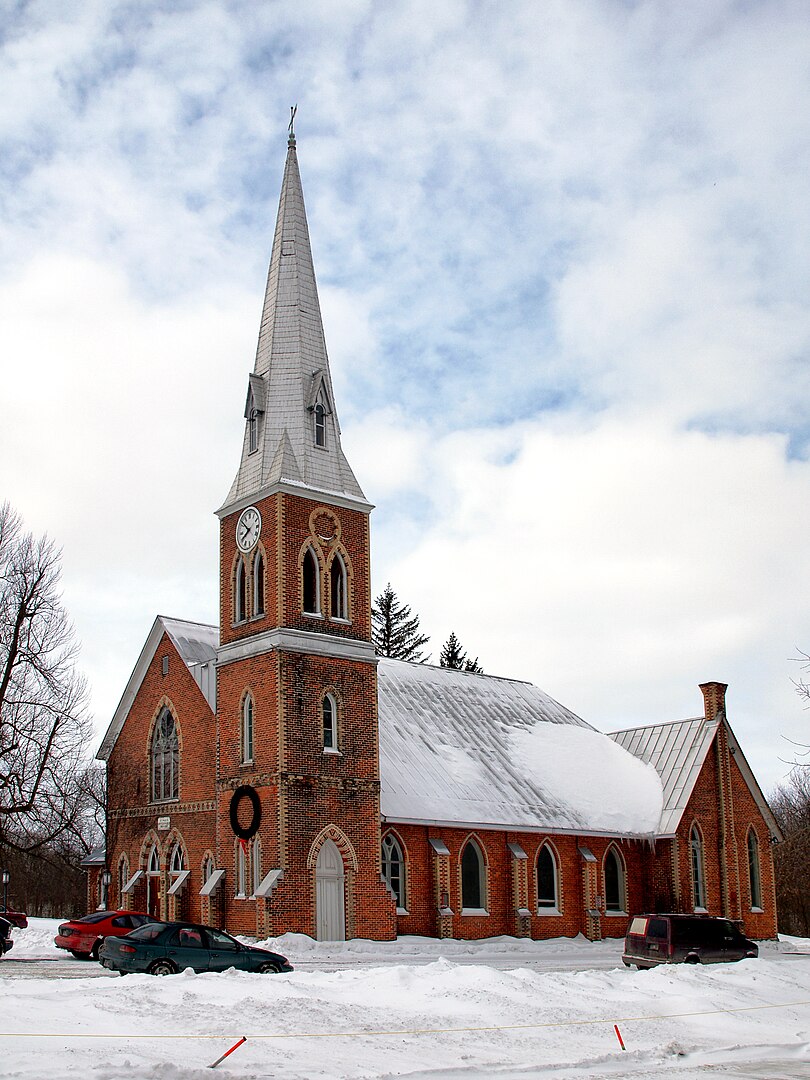

Leave a Reply